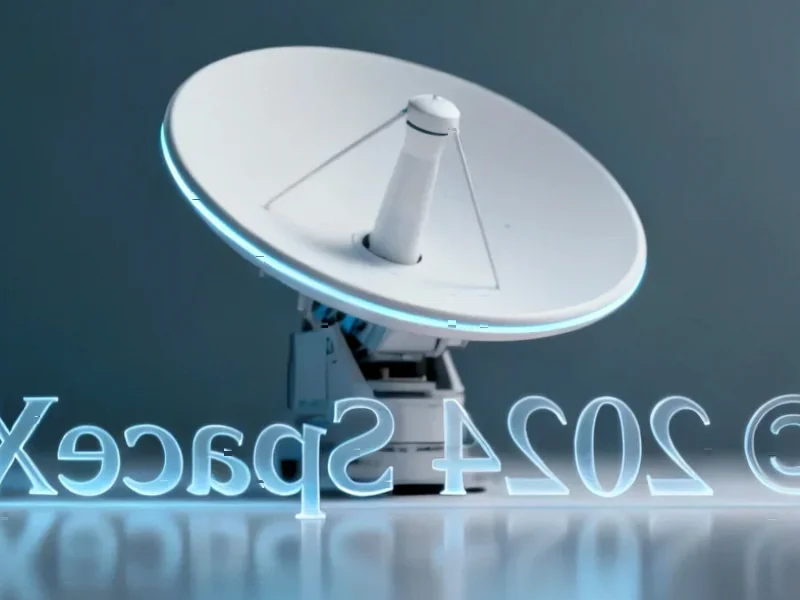According to TheRegister.com, Windows 10 still holds a massive 41.71% market share despite Microsoft ending free support for most versions on October 14. Windows 11 has only managed to capture 55.18% of the market, showing painfully slow adoption compared to Windows 7’s final days when it held under 25% share before its support deadline. The hardware compatibility requirements Microsoft imposed for Windows 11 upgrades appear to be backfiring, forcing enterprises to either sign up for Extended Security Updates (ESU) or stick with LTSC editions rather than upgrading. With economic pressures and hardware replacement cycles stretching out, businesses are clearly deciding their own migration timelines rather than following Microsoft’s arbitrary deadlines.
When forced upgrades backfire
Here’s the thing about Microsoft’s Windows 11 strategy: they tried to force the issue with strict hardware requirements, and it basically didn’t work. When you look at those Statcounter numbers – 41.71% still on Windows 10 versus 55.18% on Windows 11 – that’s not exactly a resounding success for a product that’s been out for years. And remember, Statcounter tracks 1.5 million websites globally, so while it’s not the full picture, it’s a pretty solid indicator of what’s actually happening out there.
What’s fascinating is how different this is from the Windows 7 end-of-life scenario. Back then, Microsoft had everyone scrambling to upgrade before support ran out. Now? Businesses are just shrugging and either paying for Extended Security Updates or waiting until their hardware naturally needs replacement. The economy isn’t helping Microsoft’s case either – between inflation and those US tariffs, companies are stretching their hardware refresh cycles way longer than Microsoft probably anticipated.
Microsoft’s next play
So where does Microsoft go from here? They’re already pivoting hard to AI, promising to stuff Windows full of “assistants and agents.” But honestly, is that going to be enough to move the needle? The article suggests Microsoft won’t repeat the hardware compatibility stunt they pulled with Windows 11, which is probably smart given how that’s working out for them.
But here’s the real question: what happens when your entire business model depends on people upgrading, but people just… don’t? Microsoft’s making money from those ESU subscriptions now, but that’s basically just milking the existing base rather than growing the platform. They need Windows 11 adoption to actually succeed if they want to push their AI services effectively. Otherwise, they’re trying to sell the next big thing to an audience that’s still perfectly happy with what they’ve got.
The market has spoken, and it’s saying “we’ll upgrade when we’re good and ready.” That’s got to sting in Redmond.




